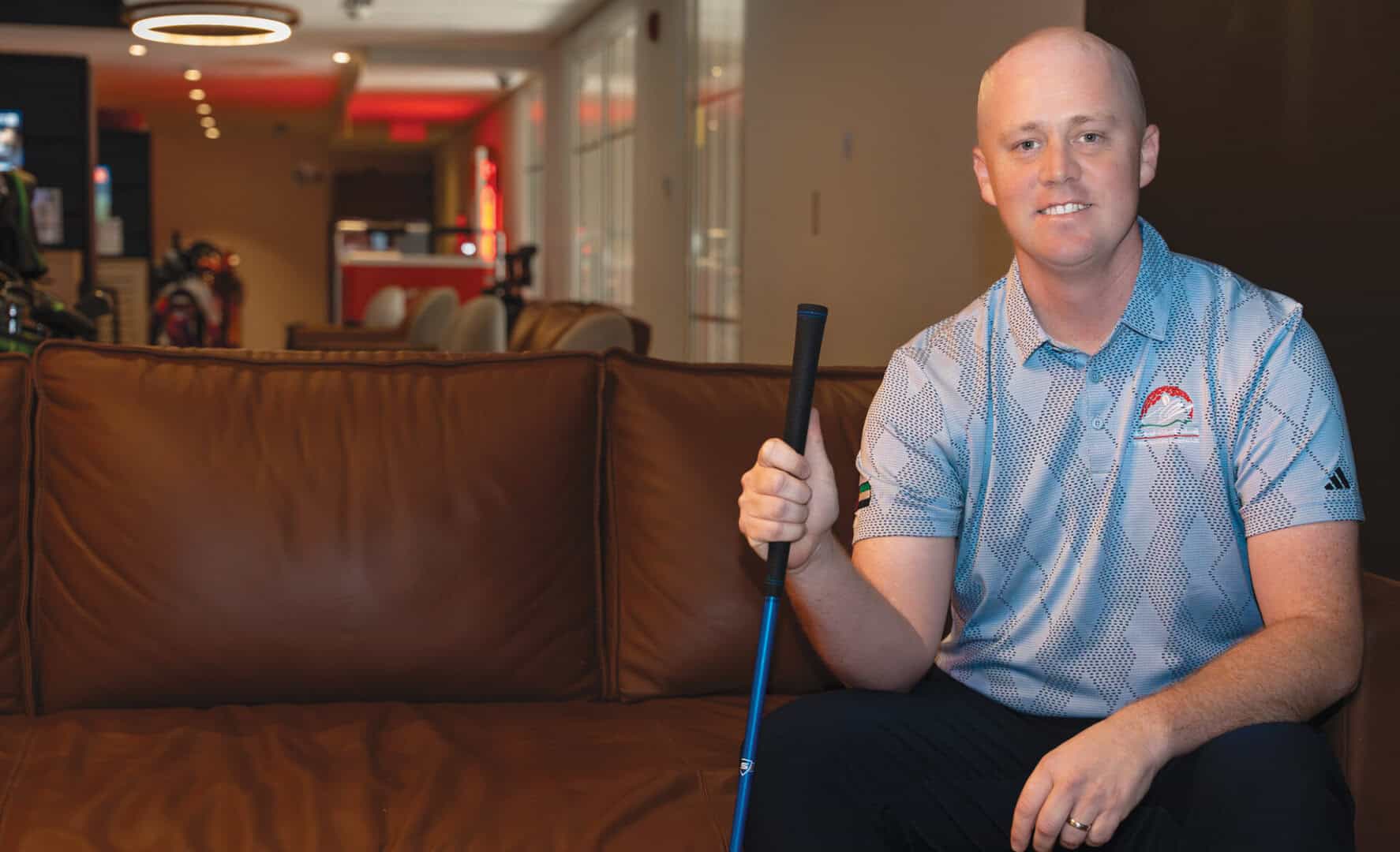At 34, Australian Kieren Pratt has already built an impressive résumé in golf. A product of the Central Coast of New South Wales, he completed his PGA training at Toukley Golf Club in 2011 before embarking on a career that has taken him from Austria to Oman, and now the UAE. Today, as Director of Operations for the Emirates Golf Federation, Pratt plays a pivotal role in shaping the game’s future in one of golf’s fastest-growing regions.
We sat down with him to talk about the rise of the Emirates PGA, the challenge of growing the game among UAE nationals, the impact of The General’s leadership, and why the relaunch of the MENA Golf Tour is such an important step for professionals and amateurs alike.
WWG: Kieren, how did you first get involved in running the Emirates PGA?
Pratt: When I joined the Federation a year and a half ago, part of my mandate was to help develop the Emirates PGA. That first year was a learning curve – figuring out how events were run and understanding the personalities involved. Now that I know the lay of the land, we’re looking at how to expand professional development and raise the profile of the PGA here. Honestly, the opportunities available to professionals in the UAE are fantastic compared to many established PGAs around the world.
WWG: The UAE golf scene has exploded in popularity. How is the Federation keeping pace?
Pratt: Golf rounds and memberships are increasing rapidly, but courses can’t always keep up with the demand. My role is to make sure there are still opportunities for young players, while also helping more Emiratis get into the game. Tourists and expats play a big role, but for long-term sustainability, we need to grow participation among UAE nationals.

WWG: How important is the leadership of General Abdullah Alhashmi?
Pratt: Huge. His positions with the APGC and as President of the EGF open up international opportunities. That exposure benefits not only UAE nationals but also the talented resident players coming through. His relationships and connections are already making a big difference.
WWG: The Emirates PGA has a strong reputation. What does it mean to have players like Garrick Porteous and Sujan Singh competing regularly?
Pratt: It’s fantastic. Guys like Garrick Porteous, Stuart Smith, and Sujan Singh bring real tour-level pedigree. It raises standards, adds to the competitiveness of events, and creates great drama for things like the Dubai Golf Trophy, where our amateurs take on the pros. With only about 170 professionals here, it’s a close-knit community – you can find yourself teeing it up alongside a past DP World Tour winner.
WWG: The MENA Golf Tour is relaunching. What’s your take?
Pratt: I think it’s going to be a huge positive for the region. Before COVID it was already a strong pathway, and now it can be that stepping stone again.
The MENA Golf Tour is a really good stepping stone for young talent – a chance to play well, make a cut, and potentially earn some money.
It bridges the gap between satellite tours in Europe and the Challenge or DP World Tour, and it’s timed perfectly for players coming out of European seasons.
WWG: You’ve played plenty of golf in the region – which courses test you the most?
Pratt: Saadiyat Beach is brutal from the back tees. You can hit a 300-yard drive and still be pulling out a long iron into the green. In Dubai, The Els Club always gets me – the run-offs and firm greens punish even slightly offline shots.
WWG: Hardest single hole?
Pratt: No question – the 18th at Dubai Creek. It’s a brilliant finishing hole but miss your line off the tee and you’re staring at a five, six, or seven.
WWG: And your golfing inspirations?
Pratt: Old school, Adam Scott – he’s still going strong. New school, Min Woo Lee, for obvious Aussie reasons.
WWG: Finally, what excites you most about the future?
Pratt: The UAE has something unique in world golf. We’ve got top-class courses, international exposure, and a growing base of young players. If we can keep developing talent while attracting world-class professionals, the future is going to be incredibly exciting.